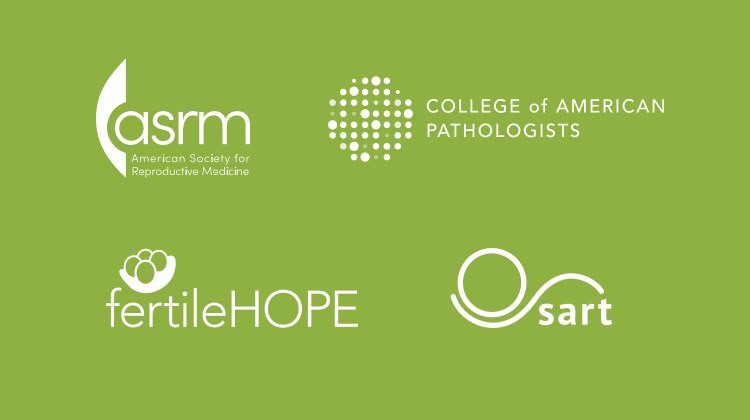Understanding the In-Vitro Fertilization Procedure
When other, less aggressive fertility treatments are not successful, in-vitro fertilization may be the best choice. However, because this procedure carries some risk, you should consider your options carefully before you elect to pursue this treatment option.
What is In-Vitro Fertilization?
In-vitro fertilization is a fertility treatment option in which the egg and sperm are joined outside of the body. The resulting embryo is then returned to the woman’s uterus for implantation. For many couples struggling with infertility, this technique can dramatically increase the changes of pregnancy.
How Does it Work?
During a conventional in-vitro fertilization procedure, the woman takes hormone injections and/or oral medications to increase the number of eggs produced and promote their maturation. Once the eggs are mature, the doctor performs an egg retrieval procedure to harvest them. This procedure is performed under general anesthesia so that the patient doesn’t experience any pain.
Once the eggs have been retrieved, they are fertilized and allowed to incubate for a few days. Approximately three to five days after fertilization, the embryos will be transferred to the uterus. After the embryos have had a chance to implant and establish themselves, a pregnancy test is administered to determine whether the procedure was successful.
What Risks are Associated with IVF?
IVF carries more risk than some other fertility treatments. For example, some women may experience side effects as a result of the required hormone injections. In addition, being placed under general anesthesia for the egg retrieval procedure also poses risks. Finally, when multiple embryos are transferred to the uterus, a multiple pregnancy is more likely to occur.
Variations of the IVF Procedure
Depending on your age, beliefs, religion and personal preferences, you may opt for a variation of the conventional IVF procedure. For example, some women who cannot withstand the side effects of hormone injections may opt for natural cycle IVF, which doesn’t require any of these medications. Likewise, if you cannot use your own eggs, you may participate in a donor egg IVF procedure. Other technologies, such as assisted hatching or intra-cytoplasmic sperm injection are also available to help you increase your chances of conception.
How Do I Learn More?
If you think that IVF may be the right fertility treatment option for you, the best way to make the decision is to speak with a fertility specialist. Please contact New York Reproductive Wellness today to make an appointment.







